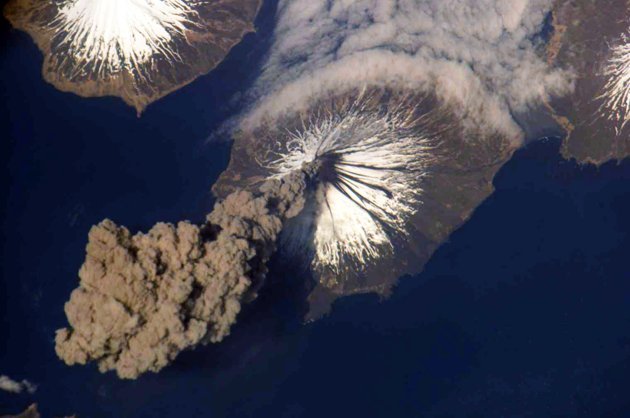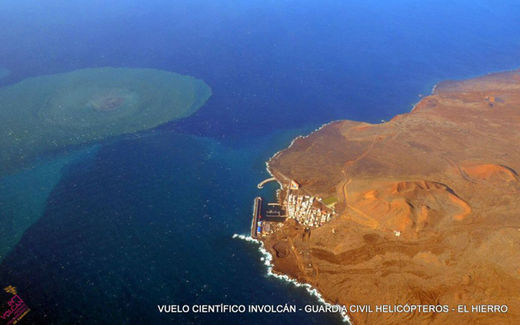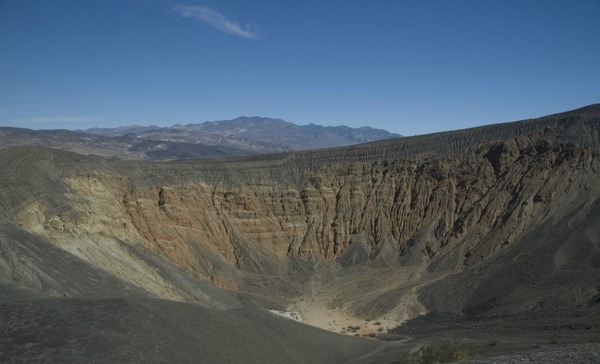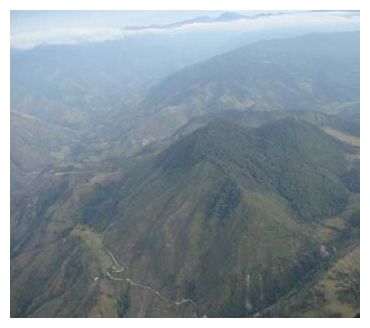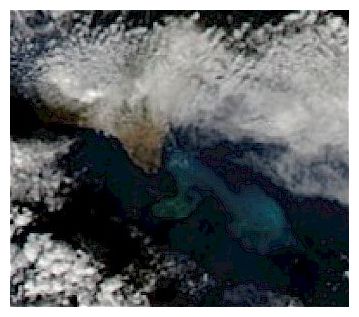
© NASAEl Hierro from space as seen by NASA Modis Aqua satellite on January 3, 2012.
The underwater volcano off the small Canary Island of El Hierro became active in July 2011 and has continued to be active on and off ever since, something described as 'surprising' by scientists.
In a regular press conference on Jan 3, Nemesio Pérez, Director of the Department of Environment of the Institute of Technology and Renewable energy (ITER) said that it was '
surprising' that the volcano was continuing in its erupting phase. He told the press that historically, the average eruption of a Canary island volcano has been around thirty days although a document found dating from the seventeenth century speaks of an ancient eruption that lasted six years.
The volcano, which has been active in the sea ( Mar de las Calmas) near the southern town of La Restinga has led to severe disruption for the people of the island with regular tremors rumbling almost every day. Three large tremors were noted by the
National Geographical Institute (IGN) between Dec 26 and Dec 28 but the latest earthquakes listed by the Institute show daily activity in the Canary Island region.
A report in the
ABC newspaper said that new activity such as bubbles, steam and fine materials have been seen in recent days following a period of quiet. The island continues to be on yellow alert.
